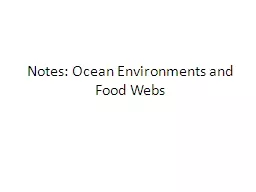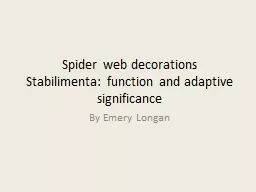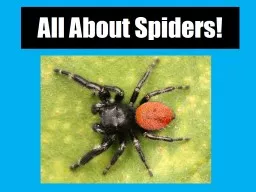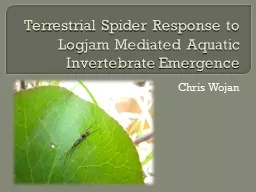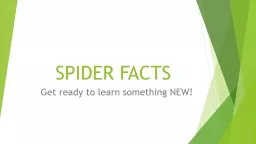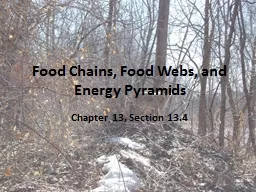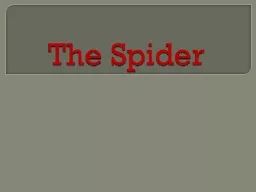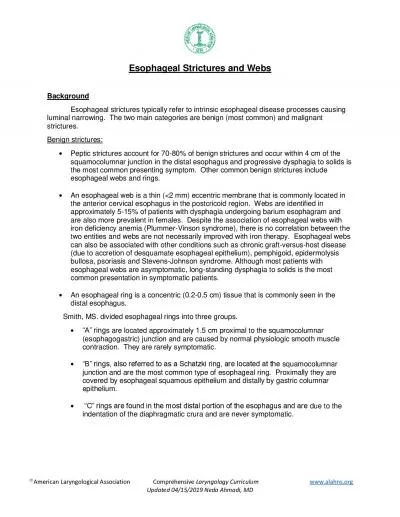PPT-Notes: Ocean Environments and Food Webs
Author : yoshiko-marsland | Published Date : 2017-12-26
What lives in the ocean 95 of ocean is unexplored Known organisms are put into 3 groups bottom dwellerslive on the sea floor bottom seaweed crabs coral swimmers
Presentation Embed Code
Download Presentation
Download Presentation The PPT/PDF document "Notes: Ocean Environments and Food Webs" is the property of its rightful owner. Permission is granted to download and print the materials on this website for personal, non-commercial use only, and to display it on your personal computer provided you do not modify the materials and that you retain all copyright notices contained in the materials. By downloading content from our website, you accept the terms of this agreement.
Notes: Ocean Environments and Food Webs: Transcript
Download Rules Of Document
"Notes: Ocean Environments and Food Webs"The content belongs to its owner. You may download and print it for personal use, without modification, and keep all copyright notices. By downloading, you agree to these terms.
Related Documents

